
Text | Ruiying
"What kind of China have you seen? Is it 9.6 million square kilometers? Or is it 3 million square kilometers? Is it the world where the four seasons rotate, or the music played by ice and fire? " The familiar prologue makes a magnificent picture unfold to us.
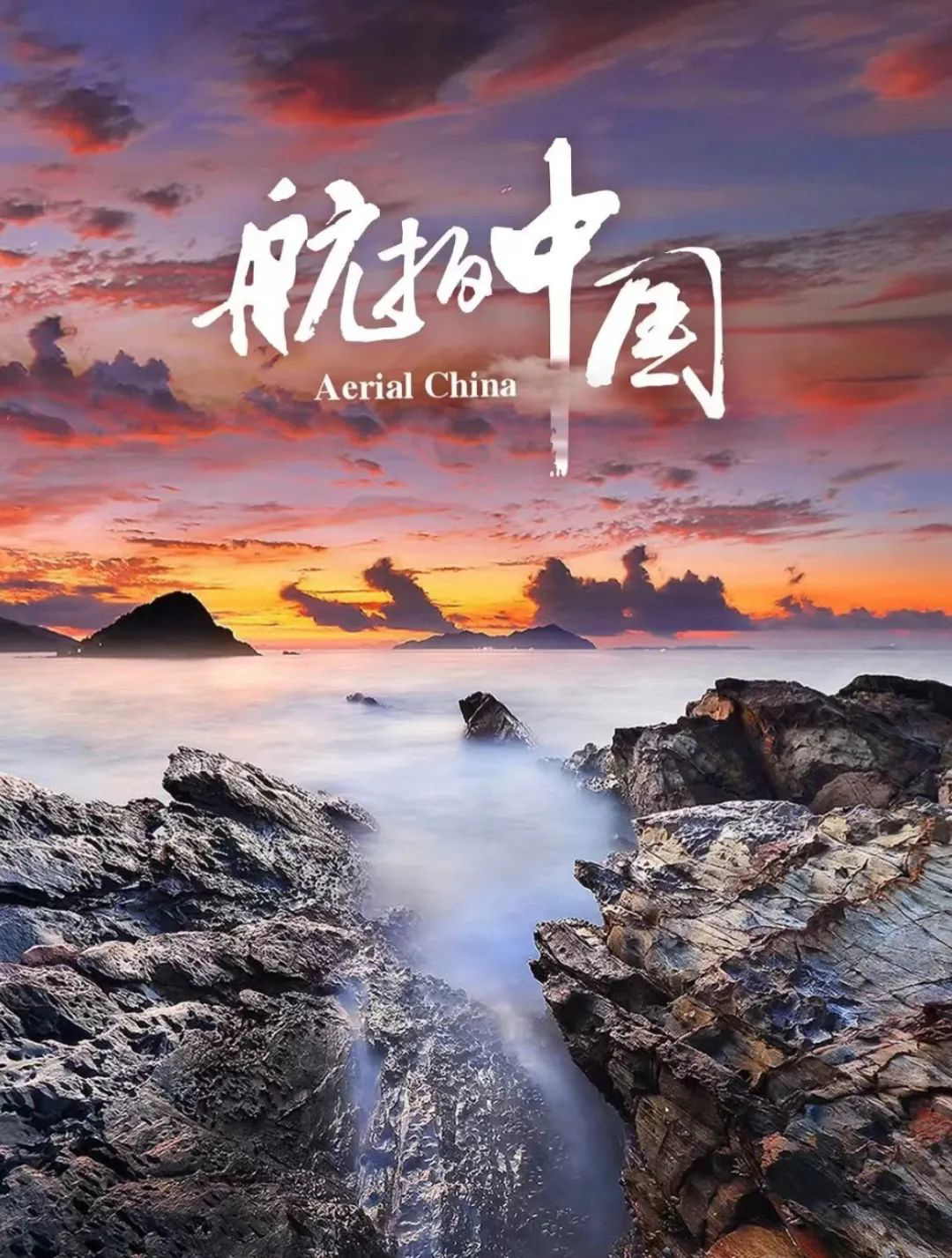
Aerial photography of China is produced by CCTV Recording Channel of Central Radio and Television General Station, which is the most representative documentary of China geography. It uses high-altitude photography to make up for human visual defects and broaden human perspectives. But it is not only a visual journey, but also a humanistic journey and a spiritual journey.
one
Create the ultimate visual feast
The shooting of the series of documentaries "Aerial Photography of China" can be said to be the most extensive and largest aerial shooting project in China, with the longest flight time and the first time to realize the narrative of all aerial images. The characteristic of aerial photography lies in its unique angle and scenery, and the picture constructed by this angle and scenery is not available in general ground photography.
The biggest difficulty in Aerial China is how to tell the story with aerial lens. First of all, the movement of the lens is presented in the form of slow browsing. In Aerial China, there are not many shots with strong visual impact, such as high speed and hedging. Instead, through a simple browsing method, the audience is presented with the scenery of the motherland that they have never seen before, and the audience is shocked and moved in a quiet way. The aerial photography practice of Aerial Photography China effectively combines aerial photography technology with attracting audiences, creating a unique structural form similar to travel experience.
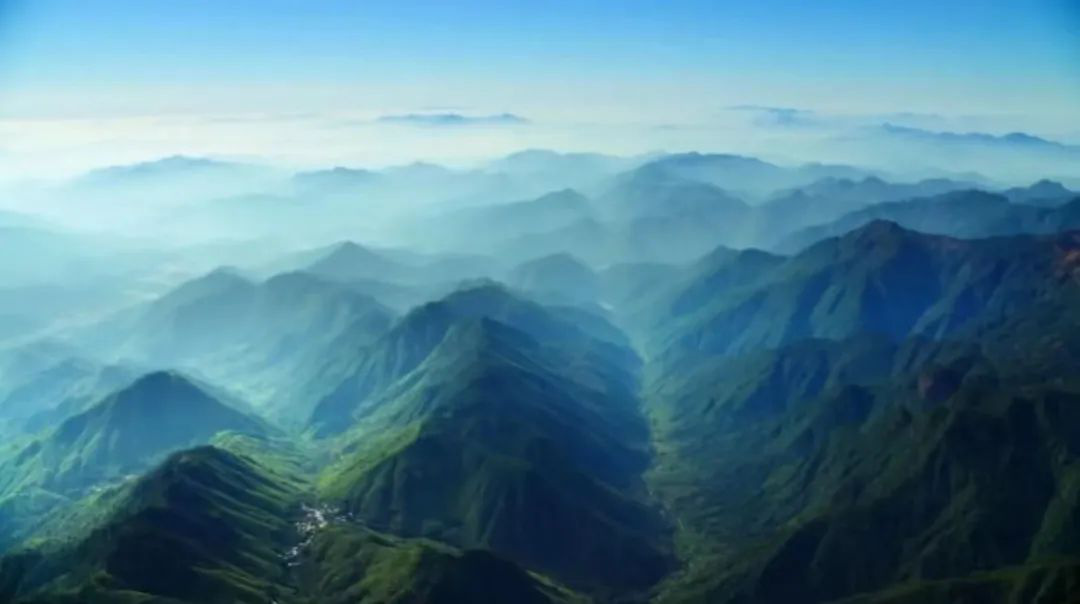
Take the second season as an example, its aerial photography technology and post-production have improved compared with the first season. In the second season, the camera will be zoomed up to places that people can’t reach at ordinary times and see the wonders that belong to the sky. It can be said that the second season better conveys the theme and embodies the people-oriented attitude in both the early shooting and the late production. At the same time, it also embodies the spirit of the Chinese nation’s courage to innovate and constantly break through.
In order to present the gorgeous landscape in a wider space, the film crew also used orbiting satellites to present multi-level images. The satellite image of Zhoushan Islands in Zhejiang is the first time that Aerial Photography of China has used satellites to collect data. Through satellite images to assist the later processing, the audience can clearly see the plains and water systems. In addition, it also used VR photography for the first time to present special effects on plane images. For example, the picture of the interchange of two rivers in Jiangsu was presented by VR technology.
At the same time, some parts of it also adopt the shooting method of flying at an ultra-low altitude close to the ground with a mirror to the end. In "Sichuan", Sichuan cuisine and Sichuan opera are presented in series through the shooting technique of one mirror to the end, which makes the audience’s impression of Sichuan more three-dimensional. In "Zhejiang", the aerial plane suddenly entered the fish pond to shoot the underwater world, and skillfully presented the ecological circular agriculture model on the Hangjiahu Plain to the audience in a limited time.
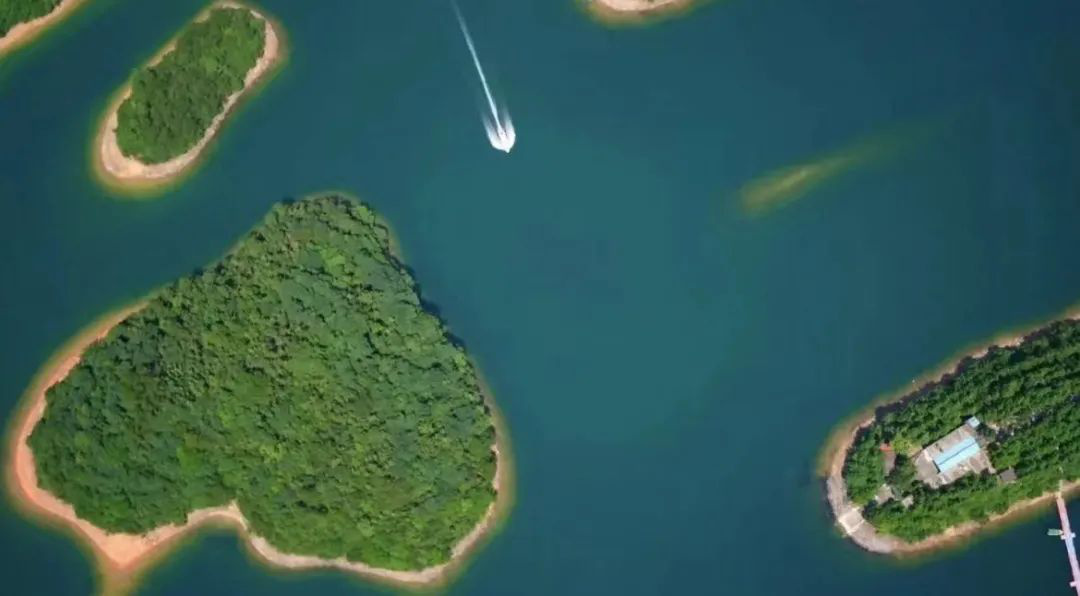
Although the macro-shooting method of aerial photography is adopted throughout the film, its content itself is still close to the people, and the film’s handling method is also very delicate and full of visual beauty. It’s different from the fast-paced and visual-impact shots typed in Haocaiwu. The overall lens of this film presents a gentle and magnificent visual style, which coexists with softness and fortitude. It is a lens language with a unique China style.
In content, it has always been gradually developed around people’s lives. For example, in Inner Mongolia, the aerial plane lowered its height and went deep into the camel race field in Inner Mongolia, close to the people to shoot this unique folk competition. There are many records like this, all of which reflect the unique culture and story of China. The whole documentary is solid in content, and there is no flashy feeling, which makes it a unique expression of China.
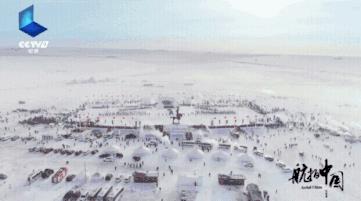
two
The charm of sound language
Documentary is an art of audio-visual combination. In the process of communication, sound language often affects the audience’s understanding of the director’s intention. From the sound point of view, the music in Aerial Photography of China series is also the finishing touch, which endows this series of works with soul. In the series "Aerial Photography of China", because the aerial images give the audience a soft and ethereal feeling, the rhythm of the music needs to be changed, and the music needs to be pleasing to the eye, which is suitable for the head-up and communication tone of the documentary itself. At the same time, the narration has an affinity tone, which is in line with the "love of the earth" contained in the theme of this series.
Take the opening song of the first season of Aerial Photography of China as an example: it begins with the piano and violin wandering, just like waking up in the mist in the morning, with the opening commentary of the documentary. In the middle section, drums and cello complement each other, drums dominate the rhythm, cello leads the melody, expressing implicit rhythm and deep vitality, which coincides with the aesthetics of the East. In the latter stage, the combination of female high-pitched singing and string concerto achieved the emotional catharsis and release of the audience.

In addition, the commentary full of Chinese cultural heritage also plays a very important role, which not only accurately explains the content of the picture and conveys the theme, but also reflects the artistic charm of Chinese cultural rhetoric.
For example, in the second season of Aerial Photography of China, almost every episode will talk about some contents about animals and plants. If the commentary is only a very straightforward and straightforward introduction, and then the relevant knowledge is explained, it will look like a science and education film lacking characteristics. However, the commentary in this film uses a lot of rhetorical devices such as metaphor and personification, which is very vivid and has a strong sense of communication.
Commentary gives animals and plants more vivid souls, which is fascinating and leaves a deep impression on the audience. For example, in Gansu, it is said that "in the arms of the Yellow River, it is Longwan Village …" Here, the anthropomorphic technique is used. Since ancient times, the Yellow River has been regarded as the "mother river" of the Chinese nation. Here, the director borrowed this allusion to describe the Yellow River as a person with arms and holding her people.
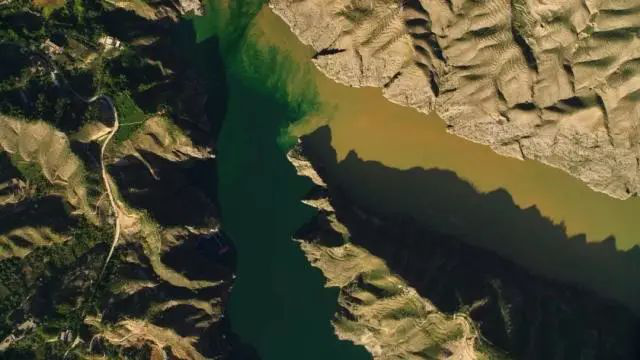
When talking about the colorful Danxia in Zhangye City, "nature is like an unintentional work that knocks over the palette, which can let us understand what real talent is." Here, the colorful Danxia Mountain formed by mineral precipitation is compared to the color palette knocked over by nature, which is very accurate. The combination of sound and picture gives the audience a feeling of sudden realization, creates an atmosphere with language, stimulates the divergent thinking of the audience, increases the enjoyment of the audience’s psychological beauty and resonates. Although it is a documentary, the director is very good at telling stories, highlighting details, setting suspense, decorating monotonous empty scenes vividly and simply, and combining artistry with interest.
three
tell China’s stories well
An excellent documentary can be used as an image material bearing the national cultural connotation in cross-cultural communication, which can be spread all over the world and delivered to the global audience with the help of technical carriers. Different from other video works of literary and artistic creation, documentary has its own unique non-fiction essence. It uses real and exquisite pictures, beautiful music and rich narration to form a vivid film with artistic aesthetic value, which provides the possibility for spreading the national image.
"Prone" is an externalized shooting angle, and "backward" is an internalized mental state. The documentary series Aerial Photography of China not only shows the rich and magical natural landscape of China and the high-rise buildings and urban construction of China, but also embodies the spirit of patriotism. It allows the audience to appreciate the ecological beauty of China from high altitude with an objective perspective and a "bird" perspective. The film abandons the traditional idea that the theme comes first, but lets the facts speak for themselves.
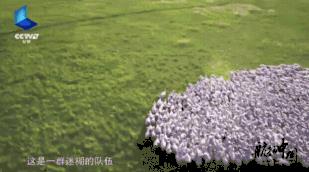
In the filming, the film crew captured many rare wild animals that faded out of public view, such as golden monkey, takin, Zhu, Siberian tiger, brown giant panda, etc. These animals have been in a crisis of survival for many years due to ecological deterioration, and ecological improvement in recent years has made them return to nature. These stories told in the film can convey to the audience the efforts made by the China government in protecting the environment, and also respond to the development concept of "harmonious coexistence between man and nature" and Lucid waters and lush mountains are invaluable assets.
While photographing the beauty of ecology, Aerial Photography of China also photographed sandstorms, extreme cold and other bad weather, which made the audience realize that there is still a long way to go to build an ecological China. The film shows the original ecological appearance in the form of overlooking, and its visual impact and spiritual shock are beyond the reach of ordinary documentaries. The new image of ecological China has reached a new height in Aerial Photography of China.

The values conveyed by documentary with facts are patriotism at home. In Xinjiang, there is a National Flag of the People’s Republic of China pattern composed of peppers on the ground, which makes the audience feel a strong sense of national pride. This is an expression of the Chinese dream, and at the same time, it also conveys the community of human destiny of peace, development, cooperation and common prosperity, and inherits the social ideal of ancient China, where heaven and man are one and the world is one. The Chinese dream and the community of human destiny complement each other. The development of the Chinese dream can not be separated from the mutual help and mutual benefit of all countries in the era of global village, and the construction of the community of human destiny can not be separated from the participation of China, an indispensable protagonist.
The series of documentaries "Aerial Photography of China" is the first documentary in China that tells stories entirely by aerial photography. It builds an image space independent of the ground by plane, and shows the customs of the Chinese nation from south to north and from east to west from a defamiliarization perspective. It satisfies the visual and emotional expectations of the audience, spreads the profound connotation of culture in the beauty of mountains and seas, and makes the profoundness of humanity and the beauty of nature blend seamlessly. The traditional heavy history and the contemporary prosperous world form a harmonious beauty, which truly satisfies both refined and popular tastes.
It also proves by practice that it is possible to establish a complete narrative system only by aerial photography. While constantly pursuing higher scores and higher tolerance of aerial photography quality, we should also pursue the creation of image space creativity and aesthetic artistic conception of aerial photography, so as to achieve the lofty and graceful picture expression brought by the combination of macro and micro.
?
